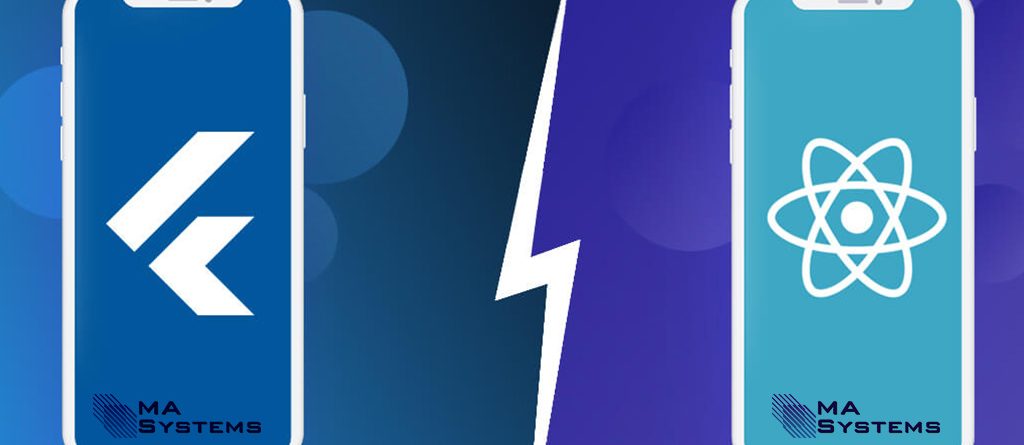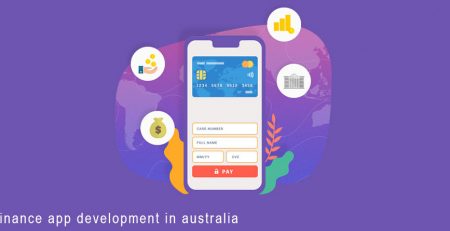Flutter vs react native
Flutter vs react native
In the last few years, the concept of cross-platform mobile app development has taken off massively and for all the right reasons. If facts are to be believed then the cross-platform app market crossed the mark of $7.5 billion in 2018.The best thing about cross-platform development is how it allows developers to write the code once and employ it across all major platforms – Android, iOS or Windows. Wait, other benefits include:
- Code reusability
- Reduced costs
- Quicker development time
- Easier implementation and adoption
It’s hard to not address the elephant in the room while talking about cross-mobile app development. Yes, I am referring to the never-ending debate on Flutter vs React Native. Honestly, Flutter and React Native are both popular mobile app development frameworks but choosing one over the other is going to depend on many factors.
So we decided to make things easier for you and perform a detailed comparison of Flutter and React Native and leave it to you. Without much ado, let’s compare Flutter and React Native on various factors.
Programming Language
Mobile app development in Flutter is done with Dart which is relatively a new-age language. So developers have to learn Dart to make mobile apps in Flutter. However, it is easier for developers to pick up Dart if they have a background in Java, C++, or JavaScript.On the other hand, mobile app development in React Native is mainly done in Javascript using React. As Javascript is already quite popular in development circles, it is easier to find developers who can build apps in React Native.
Verdict: As Javascript is more popular and easier to learn than Dart, React Native is the clear winner here.
Creators
Flutter is an open-source framework developed by Google to create mobile apps using a single codebase for both Android and iOS. It was first introduced to the world at Google I/O Conference in 2017.It is believed that React Native was developed by a software engineer at Facebook named Jordan Walke and is now backed by Facebook which made it open-source in 2015.
Verdict: Both Facebook and Google are mega tech giants investing heavily in Javascript and Dart and are doing a fairly good job at backing it.

Development
React Native uses components from its library for mobile app development. A virtual DOM is used to communicate and interact with native UI elements. The number of widgets is limited but more adaptive as compared to Flutter. React Native takes less time to develop cross-platform apps and adds much more to the user interface.
Flutter, on the other hand, uses widgets as its building blocks and has a large number of ready-to-use widgets. However, widgets aren’t as adaptive as they are in React Native. It is also less fussy to get started with and can be easily set up.
Verdict: React Native takes lesser development time as compared to Flutter.
Performance
Flutter does not use native components but rather creates its widgets and makes use of the GPU to render apps on the screen. The Dart code is compiled to native ARM code. Further, CPU runs it directly reducing the app built time expeditely.
Whereas React Native uses the Javascript bridge to connect and interpret native components. It further invokes Objective-C APIs for rendering components on the screen. This often ends up making React Native apps less performance-driven and slower.
Verdict: Flutter is faster than React Native.
Documentation
Documentation in React Native is general and understandable. It includes and explains all the basic topics, guides, and modules but many developers find documentation in React Native somewhat disorganized.
Flutter’s documentation is thorough and more user-friendly. Whether you’re experienced or just starting out, you can find almost everything you need in Flutter.
Verdict: In terms of information and accessibility, Flutter takes the lead from React Native.
Industry adoption & Popular apps
React Native has been in this industry since 2015, due to which it is an already established platform with massive community support. Owing to its popularity, Facebook, Instagram, Uber Eats, Tesla, Skype, Walmart uses React Native for their mobile applications.
On the other hand, Flutter was introduced in 2017 but many successful apps such as Alibaba, AppTree, Google Ads, Tencent are developed in Flutter.Verdict: React Native turns out to be more popular than Flutter because of its stronghold and community.
Our experienced programmers at MA Systems Australia ensure that the best approach is taken for your project. You don’t need to be an expert in programming to start an app, just give us a call and you will be amazed how quick, easy and cost effective you can convert your idea into an app!
Give us a call on enquiries@masystems.com.au











Leave a Reply